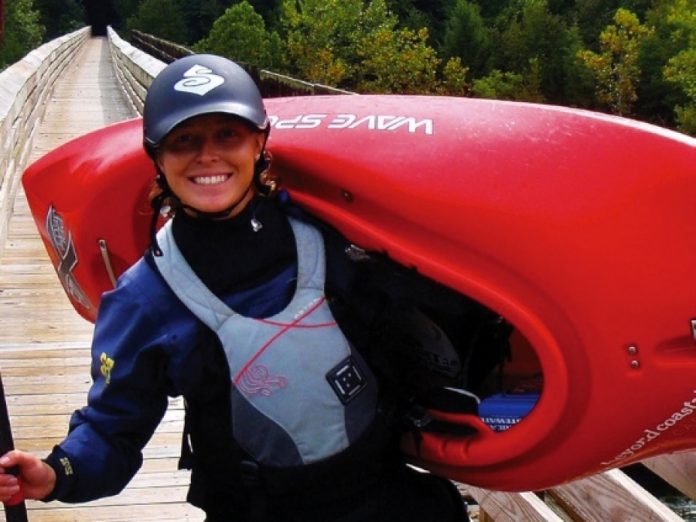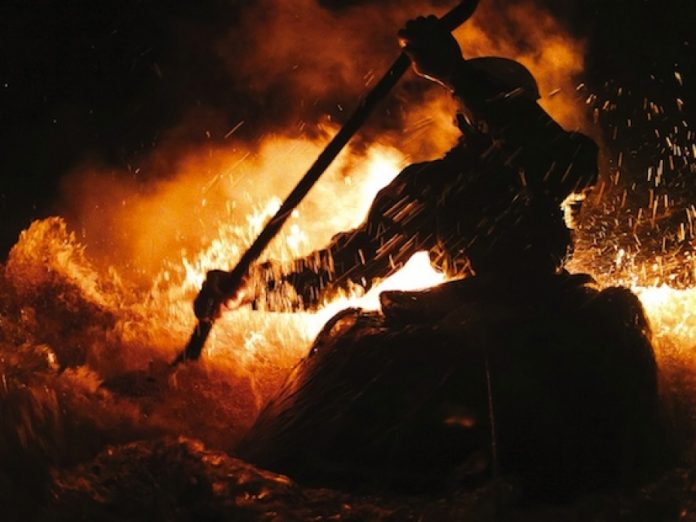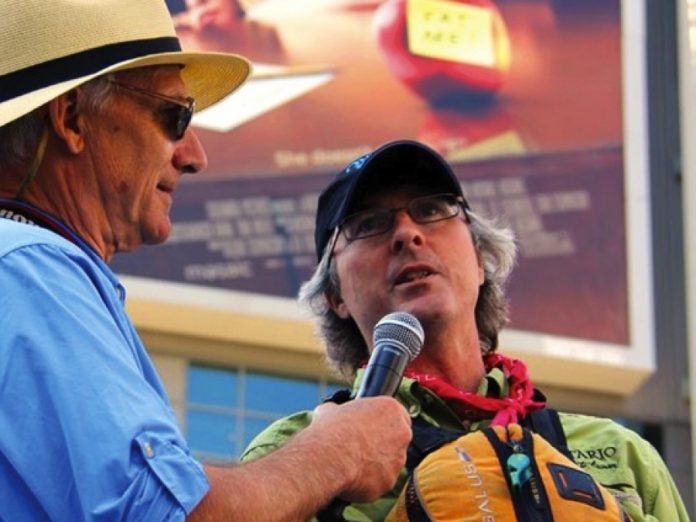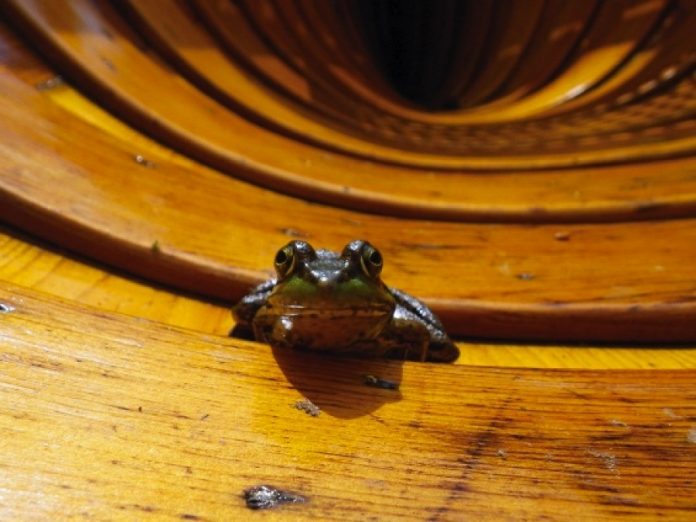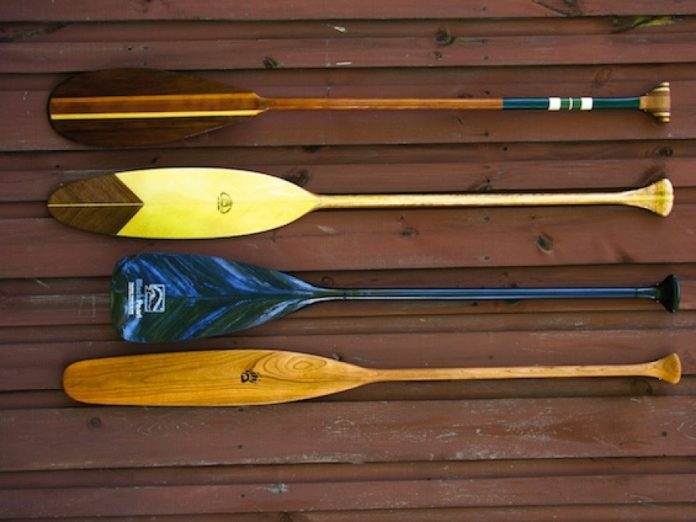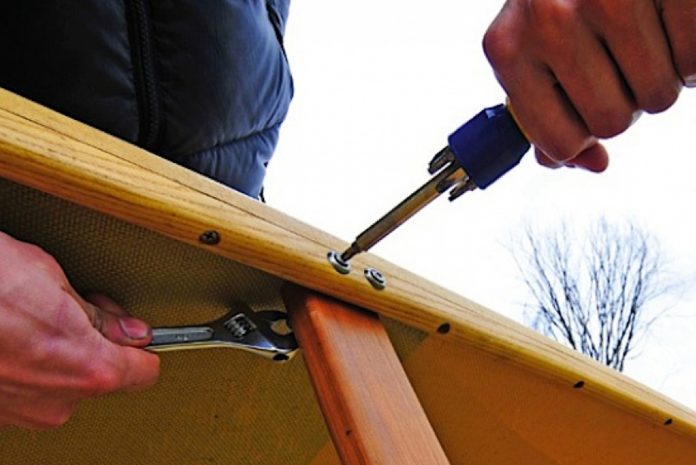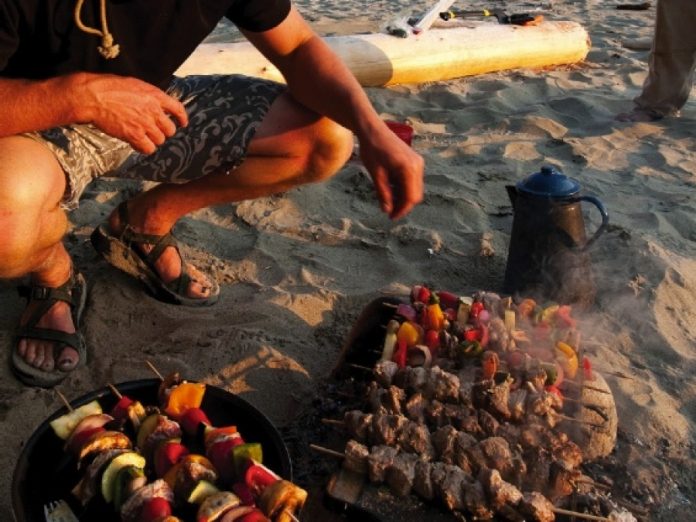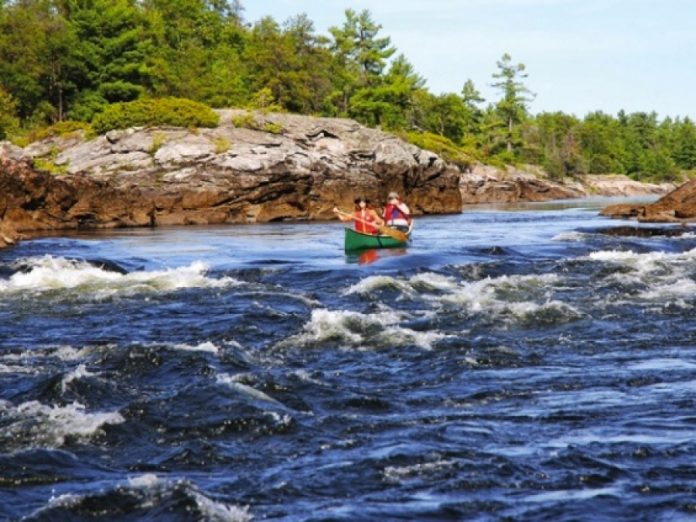This profile originally appeared in Rapid magazine.
In 2010, a petite firecracker in a yellow Wave Sport Project 45 exploded onto the U.S. free- style circuit. Two years and one Freestyle World Championships later—where the 26-year-old Elizabethtown, KY, native ranked 5th among the world’s top rodeo queens—there’s scarcely a throwdown where you won’t see Haley Mills’ broad grin and lofty aerials buoying her to a podium finish. Rapid caught up with the peripatetic playboater in Raleigh, NC, en route to Virginia’s Dominion River Rock Festival.
How did you get started in kayaking?
I took a class at Nantahala Outdoor Center when I was 13. My parents encouraged me to hook up with local kayaking clubs and a couple of friends took me paddling almost every weekend. After college, I moved to Colorado. It was so easy to get to the playpark for a workout in Salida—that’s where my interest in freestyle really started.
How did you make the leap from recreational boater to professional competitor?
I was training so much, working on my tricks and placing well at local competitions, that I figured, “Hey, I’m pretty good at this—I think I’m going to give it a go.” I showed up for U.S. team trials in 2010 and placed third.
You were also the USACK National Freestyle Point Series Champion… what else made 2010 a breakout year?
My boyfriend, Mike Tavares, and I bought a 1975 RV for $1,500 so we could travel from competition to competition. I’d been paddling Wave Sport boats since I started freestyle kayaking and when I made the U.S. National Freestyle Team, Wave Sport signed me to their pro team.
Tell us about being a full-time river nomad.
We recently upgraded to a nicer RV that we live in year-round. I like the RV lifestyle because I can spend the whole year around water, training and competing. In the winter, we park the RV in Clay Wright’s driveway and train at Rock Island, Tennessee. We spend some time paddling with the Jacksons when they’re around. The South- east freestyle scene is pretty close-knit.
We’ve heard rumors that you work at Tom Sawyer’s Christmas Tree Farm in Chattanooga?
Trimming, wrapping and loading Christmas trees for six weeks is really good cross-training! I’ve also waitressed at upscale restaurants and sold smoothies in Iowa at a 10-day road biking festival. This year I have more sponsorship help and we’re also pulling a trailer for Boardworks, doing SUP demos and events.
Speaking of cross-training, you also compete in downriver, slalom, surf and SUP. What’s your favorite discipline?
I want to keep my focus on freestyle for the 2013 Worlds, but I love training for all of them. Racing six-mile SUP ocean events or doing an eight-mile downriver sprint makes me stronger in my playboat and a better competitor. The more I do, the harder it is to pick a favorite.
Are there any specific tricks you’re working on for the World Cup this September?
I’m known for my huge aerial loops and I’m working on a few more combos, making sure I get my Phonix Monkey and McNasty dialed. A split-to-split would be nice as well.
How excited are you to see the World Championships coming to the Nantahala Gorge next year?
Thrilled. I’ll definitely be living at Nantahala, working the feature a lot. I want to move up from top five.
Life after the Worlds?
Training to be an all-around athlete…slalom would be nice to add for the 2016 Olympics. Staying healthy and strong so I can paddle for a long time.
This article originally appeared in Rapid, Fall 2012. Download our free iPad/iPhone/iPod Touch App or Android App or read it here.



